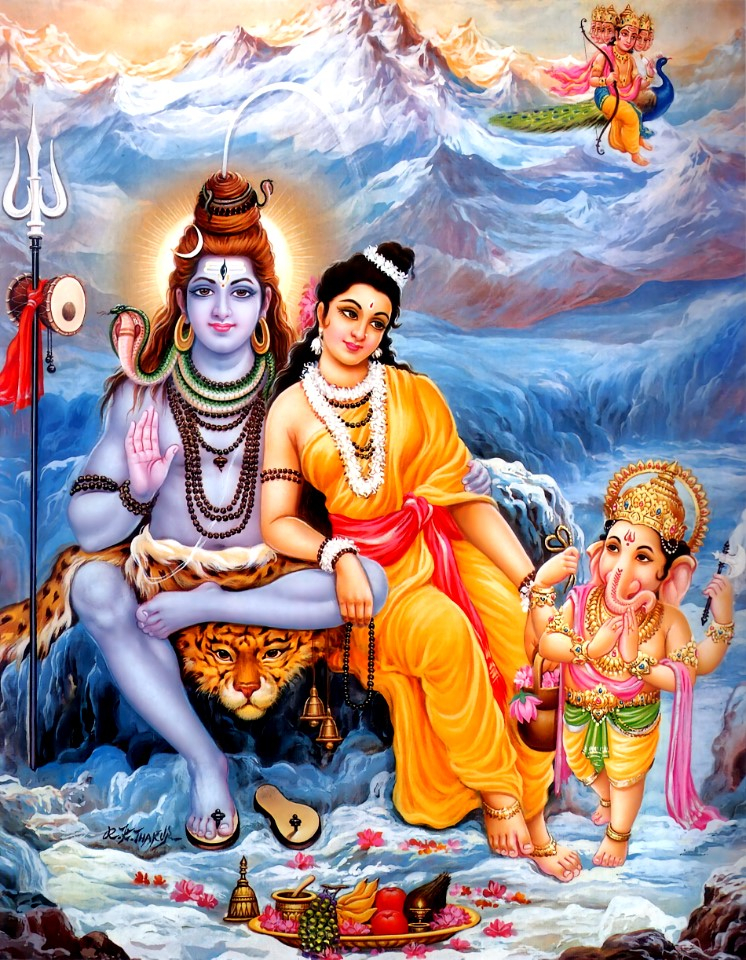Lord Ganesha’s the son of Shiva and Parvati
Lord Ganesha, with his endearing elephant head, is one of the most beloved and widely worshipped figures in Vedic culture. However, the origin stories of Ganesha found in Hindu texts may appear contradictory, adding to the intrigue surrounding this auspicious deity.
In one account, the devas sought Shiva's assistance to protect them from demons, leading Shiva to create a radiant child with an elephant head and a trident. Ganesha, the mind-born son of Shiva, became the guardian of the gods and was hailed as a protector by all. Parvati, Shiva's wife, emphasized that success in any endeavor, whether divine or human, required prayers to Ganesha, and Shiva appointed him leader of the celestial hordes.
Another version presents Parvati's involvement in Ganesha's creation. Feeling left out, she willed Ganesha's head to transform into that of an elephant's, demonstrating her love for the unique child and declaring that prayers to him were essential for achieving success.
Perhaps the most widely known origin story centers on Parvati's spontaneous creation of a boy from oil and dust while Shiva was away. She brought the boy to life and claimed him as her son, instructing him to stand guard while she bathed. When Shiva returned, not recognizing Ganesha as his son, he grew furious and a battle ensued, leading to the boy's decapitation. Upon realizing the truth, Shiva revived Ganesha by placing an elephant head on his body. This event is often viewed as a symbol of transformation on the spiritual path.
While these origin stories may seem contradictory, they serve as vehicles to convey moral lessons and highlight the diversity and pluralistic nature of Hinduism. Each narrative brings forth unique aspects of Ganesha's persona, emphasizing his role as a protector, a symbol of devotion, and a catalyst for transformation in spiritual journeys.












